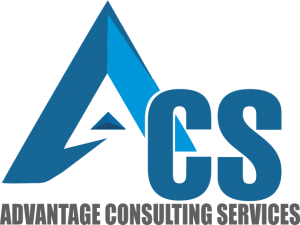Study In AUSTRALIA

universities in australia

Universities In Australia
- Australian College of Physical Education (ACPE)
- Endeavour College of Natural Health
- Australian Institute of Applied Sciences (AIAS)
- Australian National University College
- AUT University
- College of Natural Beauty
- College of Natural Health & Homeopathy
- Charles Sturt University Study Centres
- FIAFitnation
- Flinders International Study Centre
- Martin
- Massey University
- Taylors College
- Taylors College Auckland
- The University of Auckland
- The University of Sydney Foundation Program
- Taylors College Perth
AUSTRALIA UNIVERSITIES

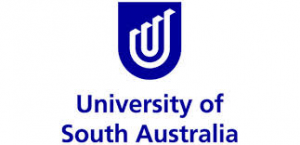

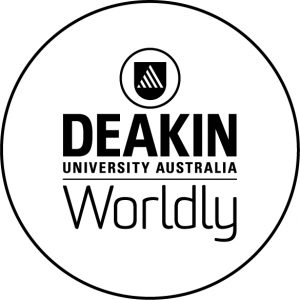

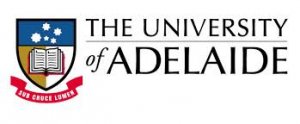

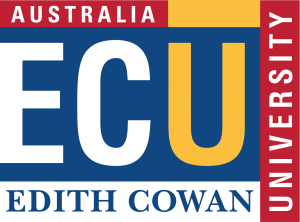


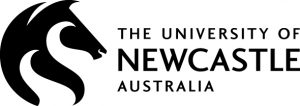

why study in australia

Study in Australia
Whichever course you choose, you will experience a unique kind of education. Studying in Australia promotes innovative, creative and independent thinking. You’ll learn to work as part of a team, to communicate effectively with others and to develop the practical skills and intellectual abilities you need for global success.
Most importantly, you’ll learn how to use your initiative. Your teachers will encourage you to think of original, practical solutions to real-world problems. Upon graduation, your qualification will make you highly sought after by Australian and international employers.
The Australian education system has a strong international reputation and is known for its effective structure and innovative policy developments. Many other countries, eager to improve their own education systems, turn to Australia for advice.
Australia is also one of the best places to live. It is a young, vibrant and friendly country in which students can live, learn and grow. So if you want a quality education and a good lifestyle, Australia’s the place to be.
You should undertake study in a field in which you intend to work once you graduate. You are strongly advised not to undertake studies in Australia with the sole purpose of obtaining a migration outcome. The student visa process is an entirely separate process to skilled migration and there is no guarantee that you will be eligible for skilled migration purely on the basis of having undertaken a course related to an occupation on the Skilled Occupations List (SOL).
The SOL can, and does, change in light of labour market needs in Australia. There is no guarantee that an occupation listed on the SOL at the time you begin your studies will still be on the SOL when you graduate.
The Australian Government wants a targeted, high-value, demand-driven, skilled migration program that is responsive to the needs of the Australian labour market. As these needs change rapidly, the skilled migration program will be adjusted accordingly.
HOW TO APPLY

Step 1: Choosing Your Course and Education Provider
Think about which courses you are interested in, and if they will lead into your chosen career. Carefully research courses, institutions and their locations. Consider the areas of specialization offered through different courses, and which specialisations will best suit your intended career path. Once you have decided on the best course, you need to find out which education providers offer it, and which provider best suits your requirements. You might like to consider the size of the campus, the available facilities and the support services available to international students.
Step 2: Applying
Once you have chosen your course and education provider, it is time to apply. Check the entrance and English language requirements to make sure you are eligible. If not, you may have to consider a different course, or even bridging or foundation study, which may increase your chances.
Contact your education provider and ask about their application requirements and application dates, as these will differ for each provider. Make a note of important deadlines and make sure you meet them. Remember to allow for postal times when sending forms by mail.
International students usually apply directly to Australian institutions either by post or online. You can either download application forms from institute websites or request the forms to be posted. Another option is to contact an education agent or an overseas representative of the institution to which you are applying. Your application form will ask you which course(s) you are applying for and give you details of the documentation you need to supply.
Most application forms require the following:
- personal details
- certified proof of your level of English language proficiency
- details of previous educational qualifications, such as academic transcripts
- course preferences (the course you are applying for)
- a summary of employment experience (if applicable).
If you are still completing your education you can provide evidence of your most recent marks until it is possible to provide your final marks. If the documents you supply are not in English, you must provide an official certified translation. Most institutions charge a non-refundable application fee of around AUD$50to$100 that must be included with your application. Some institutions waive this fee if the application is made online. Before sending your application, check your visa requirements with your local Australian embassy to ensure you will qualify for a visa if your application is successful.
If at any time in the application process you are uncertain how to proceed, do not hesitate to contact your education provider, they are there to help you.
Step 3: Processing of your application
Once the education provider receives your application it will be assessed and you will be notified of the result. Be prepared to be patient as it may be a few weeks (longer for postgraduate applications) before your application is processed
Step 4: Accepting your offer
If your application is accepted you will receive a letter of offer and an acceptance form. Before accepting the offer, you should carefully read the letter of offer and check any conditions that may apply. Depending on your country of nationality you may be required to undergo a pre-visa assessment before the institution issues an electronic Confirmation of Enrolment (eCoE).
The eCoE is the only accepted evidence of enrolment for processing student visa applications. You may be required to pay tuition fees before applying for the student visa. The institution will advise you of its requirements but generally it will require payment of at least one semester of course fees.
Step 5: Preparing for departure
Now that your education provider has accepted you, it is time to apply for your student visa. You must also purchase your plane tickets, organise your Overseas Student Health Cover, as well as start thinking about your accommodation in Australia. Your education provider will typically send you an admissions package, with information that will help you adjust to Australia in your first couple of weeks. This might include information on your course, accommodation options, facts about the city you will live in, financial information and details about orientation programs.
OUR ADDRESS
Office No. 208, 2
nd Floor, Chenab Centre, Jinnah
Avenue, Blue Area Islamabad, Pakistan.
CONTACT NUMBER
Landline: +92512347099
Mobile No. : +923225065983
Announcement
Office Hours
Mo-Fr: 8:00-19:00
Sa: 8:00-14:00
So: closed
